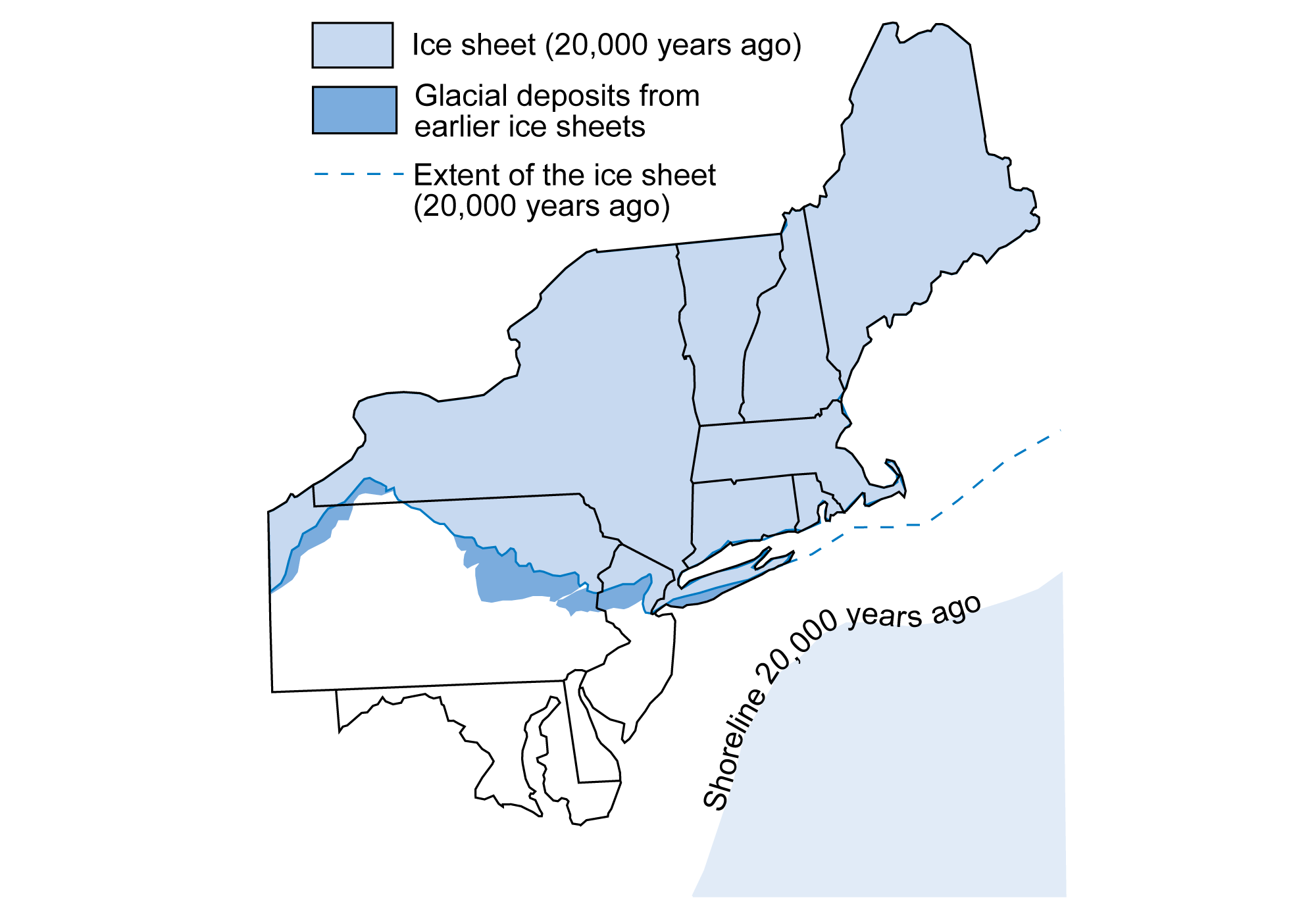
From Borders to Ice Sheets: Trump’s Global Vision Explained Through Antarctica
Donald Trump’s approach to foreign policy has often been characterized by a focus on national borders, transactional deals, and a questioning of established international norms. While his rhetoric frequently centered on walls and trade tariffs, understanding his global vision can be remarkably illuminated by examining his administration’s engagement—or disengagement—with a place that, on the surface, seems as remote and apolitical as Antarctica. This continent, governed by a unique treaty system, serves as a fascinating lens through which to view the broader implications of “America First” on the global stage.
The Unspoken Treaty: Antarctica’s Unique Governance
Before delving into Trump’s policies, it’s crucial to grasp Antarctica’s special status. Unlike most territories, Antarctica is not claimed by any single nation. The Antarctic Treaty System, signed in 1959, designates the continent for peaceful purposes, primarily scientific research, and prohibits military activity. This collaborative framework prioritizes shared scientific endeavor over nationalistic competition, a stark contrast to many other geopolitical arenas.
Trump’s Disruption of Norms: A Pattern Emerges
When considering Trump’s global vision, a recurring theme is the challenge to existing international agreements and multilateral institutions. This pattern, evident in his withdrawal from the Paris Agreement or his skepticism towards NATO, finds a subtle echo in his administration’s approach to Antarctica.
- Funding Cuts and Scientific Presence: A significant aspect of Trump’s impact on Antarctica was the proposed deep funding cuts to the National Science Foundation (NSF), the primary agency overseeing U.S. activities on the icy continent. These cuts, aimed at reducing federal spending, threatened to undermine the robust scientific research infrastructure the U.S. had painstakingly built.
- The “America First” Impact: By signaling a potential withdrawal or significant reduction in U.S. commitment, these budget proposals could have had cascading effects. As highlighted by reports, a shrinking U.S. presence might force the nation to reconsider its role, potentially ceding ground to other nations with growing interests in the region.
Antarctica as a Microcosm of Global Policy
The implications of these funding decisions extend far beyond the scientific community. They offer tangible insights into how a “Trump Doctrine” might manifest on a larger scale:
Geopolitical Shifts and the Race for Influence
As climate change accelerates, Antarctica’s geopolitical and environmental significance is undeniably growing. Melting ice sheets reveal potential new shipping routes and access to resources, increasing international focus on the Southern Ocean. In this evolving landscape, a reduced U.S. commitment could create a vacuum, potentially allowing other global powers, like China, to expand their influence and scientific activities. This mirrors broader concerns about the U.S. role in global affairs, where a perceived retrenchment can create opportunities for rivals to solidify their positions.
Table: Potential Global Implications of U.S. Antarctic Policy Shifts
| Policy Area | Trump Administration Approach (Potential) | Broader Global Vision Implication |
|---|---|---|
| Scientific Funding | Deep budget cuts | Reduced U.S. leadership in global scientific collaboration; reliance on international partners. |
| Treaty Adherence | Skepticism towards multilateralism | Potential for renegotiation or weakening of international agreements that don’t directly serve national interest. |
| Resource Access | Transactional economic focus | Emphasis on extracting national benefit, potentially disregarding shared stewardship principles. |
| Military Posturing | “Peaceful purposes” (per treaty) | While not directly applicable, a less engaged U.S. could lead to increased competition for strategic positioning. |
The “Ice Wall” Mentality: Separating Fact from Fiction
The notion of an “ice wall” in Antarctica, often a subject of fringe theories, serves as a metaphorical anchor for understanding Trump’s broader approach. Just as some may seek to “defend” an imagined boundary, his administration often sought to reinforce national borders and prioritize domestic interests above all else.
- Economic Realities: The scientific research conducted in Antarctica, from studying climate change to understanding the origins of life, has profound implications for the global economy and human well-being. By questioning the value of such long-term, collaborative scientific investment, the administration’s policies could indirectly impact future economic stability and technological advancement worldwide.
- Environmental Stewardship: Antarctica is a crucial barometer for global climate health. The ongoing challenges posed by melting ice sheets and rising sea levels demand urgent, coordinated international attention. A U.S. disengagement from Antarctic research could hinder vital data collection and analysis, impacting global efforts to address climate change.
Actionable Takeaways: What Does This Mean for You?
The lessons drawn from Trump’s engagement with Antarctica offer a powerful commentary on his broader global vision.
- Prioritize Long-Term Investment: Just as Antarctica’s scientific value is realized through sustained, long-term investment, global challenges require consistent international cooperation and commitment, not short-term, transactional thinking.
- Recognize Interconnectedness: The health of Antarctica’s ice sheets directly impacts global sea levels and climate patterns. This serves as a potent reminder that national interests are inextricably linked to global well-being.
- Guard Multilateralism: The Antarctic Treaty System’s success lies in its collaborative foundation. This underscores the importance of safeguarding and strengthening international agreements and institutions, even when they present complexities.
- Support Scientific Endeavor: Investing in science, regardless of its immediate territorial or economic payoff, is crucial for understanding and navigating the complexities of our world, from the furthest reaches of Antarctica to the challenges facing your own community.
By examining his administration’s policies through the unique prism of Antarctica, we gain a clearer understanding of how a vision focused on national borders can, in unexpected ways, reshape our relationship with the entire planet, including its most pristine and vital frontiers.

Additional Information
From Borders to Ice Sheets: Trump’s Global Vision Explained Through Antarctica
Donald Trump’s approach to foreign policy has consistently prioritized a transactional, nationalistic worldview, often characterized by a “America First” mantra and a skepticism towards international cooperation and established global norms. While his focus might appear to be on terrestrial borders and trade agreements, examining his policies and their potential impact on a seemingly remote continent like Antarctica offers a revealing lens through which to understand the broader contours of his global vision. The polar regions, particularly Antarctica, are not immune to the ripple effects of American foreign policy, and a second Trump administration could significantly reshape the geopolitical and scientific landscape of the icy continent.
Antarctica: A Microcosm of Trump’s Global Philosophy?
Antarctica, governed by the Antarctic Treaty System (ATS), stands as a unique testament to international cooperation, dedicated to peace, scientific research, and environmental protection. It is a continent where territorial claims are suspended, and military activity is prohibited. This framework, however, is increasingly challenged by escalating geopolitical and environmental developments, as highlighted by reports from the Federation of American Scientists (FAS). These developments, including climate change-induced melting ice sheets and rising sea levels, are amplifying international interest and raising questions about the political, economic, and security implications for the United States and the world.
When considering Trump’s approach, his known tendencies suggest a potential divergence from the collaborative spirit of the ATS. His administration’s past actions, such as deep funding cuts to the United States’ scientific and logistical operations in Antarctica, as reported by The Conversation and The New York Times, serve as a stark indicator. These cuts, primarily affecting the National Science Foundation (NSF), which spearheads US Antarctic endeavors, signal a potential withdrawal of American leadership and a diminished presence on the continent. This prioritization of domestic concerns over international scientific investment can be interpreted as a manifestation of his “America First” ideology, where resources are redirected inward, even at the expense of long-standing global commitments.
The Erosion of Scientific Presence and its Global Ramifications
The impact of reduced US funding on Antarctic science is multifaceted. As climate change accelerates, Antarctica’s importance in global scientific research, particularly concerning its melting ice sheets and rising sea levels, becomes ever more critical, demanding urgent attention (GeniusNewton). A diminished US presence, historically a leader in Antarctic research, could create voids that other nations, notably China, may seek to fill. This dynamic aligns with broader geopolitical trends identified by King’s College London, where China is presented as a reliable partner willing to engage in cooperation to maintain core elements of the global order, while the US may be perceived as embroiled in internal discord or threatening global trade norms.
Furthermore, the CSIS report forecasts that a second Trump administration will have a significant effect on both the Arctic and Antarctica, with policies directly aimed at the regions or those designed for other purposes but indirectly impacting the polar regions. This suggests that broader policy shifts, such as a re-evaluation of trade agreements or a more assertive stance on resource extraction, could have unintended but significant consequences for Antarctica’s fragile ecosystem and the framework that governs it.
Challenging the Status Quo: Borders and Sovereignty
While the Antarctic Treaty suspends territorial claims, the growing geopolitical interest in the continent, driven by potential resource extraction and strategic positioning, could lead to new pressures. Trump’s transactional approach might view Antarctica not through the lens of scientific collaboration and environmental stewardship, but rather through a prism of national interest and potential economic gain. His skepticism towards multilateralism and his emphasis on bilateral deals could translate into a less robust defense of the ATS, potentially emboldening nations with existing territorial claims or those seeking to assert greater influence on the continent.
The concept of “borders” in Trump’s global vision, often physical and tangible, can be extrapolated to the “ice walls” of Antarctica. His willingness to challenge established international norms and agreements in other spheres suggests a potential to question the very underpinnings of the ATS, particularly if he perceives it as not directly serving American interests. The article on the global impact of Trump’s vision, examining its implications for global stability and alliances, points to a leadership style that prioritizes disruption and a redefinition of established international systems (Global4cast). Applied to Antarctica, this could manifest as a less predictable and more contentious approach to its governance.
The Unforeseen Consequences of a Shifting American Role
The “unexpected silver linings” of Trump’s global disruptions, as observed by King’s College London, might also find expression in Antarctica. If the US, under a Trump administration, significantly curtails its Antarctic engagement, it could create opportunities for other nations to step into leadership roles. This could lead to a more multipolar approach to Antarctic governance, with potential implications for scientific collaboration, environmental protection, and the adherence to the principles of the ATS.
In conclusion, understanding Donald Trump’s global vision through the lens of Antarctica reveals a consistent pattern of prioritizing national interests, questioning multilateral frameworks, and adopting a transactional approach to international relations. His past actions, particularly the cuts to Antarctic science funding, and the potential for broader policy shifts to impact the polar regions, suggest a future where American leadership in this critical area could wane. This could lead to a recalibration of the geopolitical landscape of Antarctica, with profound implications for scientific research, environmental protection, and the enduring principles of international cooperation that have defined the continent for decades. The fate of the “ice sheets” may, in part, reflect the trajectory of Trump’s redefinition of America’s role “from borders” outward.






Leave a Reply